- No products in the cart.
Tranexam tab n / 500mg film about 30 pc
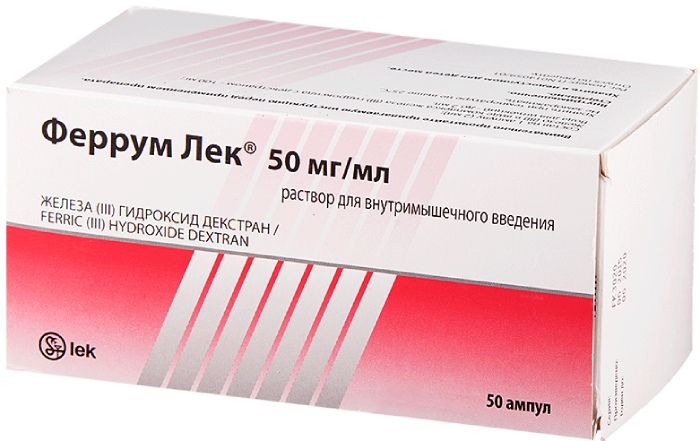
Ferrum lek Injection 100mg / 2ml 2ml amp 50 units
$209.48
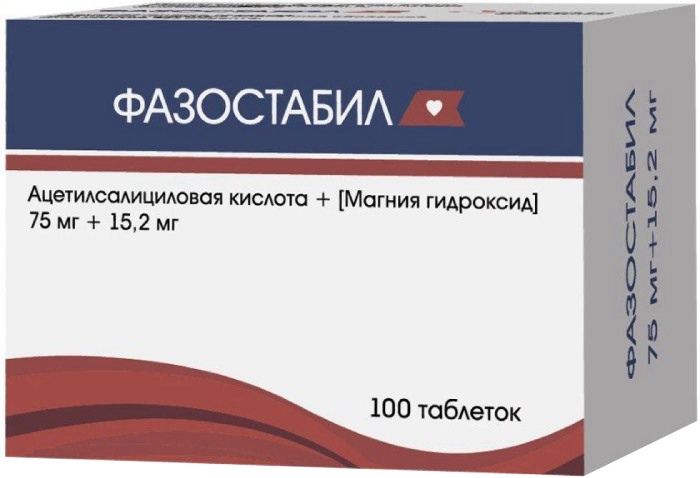
Table Fazostabil n / v 75 + 15.2mg film 100 pcs
$3.47
$22.53
Tranexam tab n / 500mg film about 30 pc
Description
Composition
Active substance:
1 tablet contains
Tranexamic acid 250 mg, 500 mg.
Excipients:
Microcrystalline cellulose, giproloza, sodium carboxymethyl starch, talc, colloidal silicon dioxide, calcium stearate. sheath: hypromellose, titanium dioxide, talc, macrogol.
Description:
250 mg Tablets:
Biconvex tablets coated membrane cover of white color. The cross section – white or white with Valium or grayish color.
500 mg Tablets:
Biconvex tablets coated membrane sheath white, oblong shape. The cross section – white or white with Valium or grayish color.
Product form:
Tablets, film-coated 250 mg. 10 tablets in blisters of PVC film and aluminum foil printed patent. 1, 2, 3, 5 contour cell packages together with instructions for use placed in a pile of cardboard.
Tablets, film-coated 500 mg. 10 tablets in blisters of PVC film and aluminum foil printed patent. 1, 2, 3, 5 contour cell packages together with instructions for use placed in a pile of cardboard.
Contraindications
Hypersensitivity to the drug, subarachnoid hemorrhage.
Carefully
Precautions drug prescribed thrombosis (cerebral thrombosis, myocardial infarction, thrombosis), or the threat of their development, with thrombohemorrhagic events (in combination with heparin and indirect anticoagulants), impaired color vision, hematuria from the upper urinary tract (possible obstruction of a blood clot ), renal insufficiency (possible accumulation).
Dosage
500 mg
Indications
Bleeding or risk of bleeding in the background:
strengthen local fibrinolysis (uterine, including the background of von Willebrand disease and other bleeding disorders, nasal, gastrointestinal bleeding, hematuria, bleeding after prostatectomy, conization for cancer, tooth extraction in patients with hemorrhagic diathesis); amplification generalized fibrinolysis (malignant neoplasm of pancreas and prostate gland, surgery on thoracic organs, postpartum bleeding, manual removal of placenta, leukemia, liver disease).
Bleeding during pregnancy.
Hereditary angioneurotic edema, allergic diseases (eczema, allergic dermatitis, urticaria, toxic and drug eruption).
Inflammatory diseases (tonsillitis, pharyngitis, laryngitis, stomatitis, aphthae oral mucosa).
Interaction with other drugs
In combination with the use of hemostatic agents and gemokoagulazoy possible activation of thrombogenesis.
pharmachologic effect
Pharmacological group:
Hemostat.
Pharmacological properties:
Antifibrinolytic agent. Tranexamic acid specifically inhibits activation of plasminogen (plasminogen) and its transformation into a fibrinolysin (plasmin). Has local and systemic hemostatic effect when bleedings associated with increased fibrinolysis (pathology platelets, menorrhagia). Also tranexamic acid by suppressing the formation of kinins and other active peptides involved in allergic and inflammatory reactions, have anti-allergic and anti-inflammatory action.
Pharmacokinetics:
Absorption after oral administration of doses in the range 0.5-2 g – 30-50%. Time of onset of the maximum concentration when administered 0.5, 1 and 2 g – 3h, the maximum concentration – 5, 8, and 15 micrograms / ml, respectively. Communication with plasma proteins (plasminogen) – less than 3%.
Distributed in tissues relatively uniformly (with an exception – the cerebrospinal fluid, where the concentration is 1/10 of the plasma); It crosses the placental barrier, the breast milk (about 1% of the concentration in maternal plasma). It is found in the seminal fluid, which reduces the fibrinolytic activity, but has no effect on sperm migration. The initial volume of distribution – 9-12 liters. Antifibrinolytic concentration in various tissues preserved 17 hours in plasma – up to 7-8 hours.
A small portion is metabolized. area under the curve is a curve shape with a three-phase half-life in the terminal phase – 3 h total renal clearance is the plasma (7 l / h).. Excreted by the kidneys (core path – glomerular filtration) – greater than 95% unchanged during the first 12 hours.
Identification tranexamic acid metabolite 2: N-acetylated and deaminated derivative. When impaired renal function there is a risk of cumulation tranexamic acid.
Conditions of supply of pharmacies
On prescription.
side effects
Before the drug could experience nausea, vomiting, heartburn, diarrhea, rash, itching, loss of appetite, drowsiness, dizziness. There may be a violation of color; rarely – thrombosis, thromboembolism.
special instructions
Before and during treatment is necessary to conduct the inspection ophthalmologist for visual acuity, color vision, the state of the fundus.
Animal studies revealed no teratogenic and embryotoxic action.
Storage conditions
At a temperature of not higher than 30 ° C. Keep out of the reach of children.
Dosing and Administration
Inside.
When administered by local fibrinolysis 1000 – 1500 mg 2-3 times a day.
When profuse uterine bleeding appoint 1000 – 1500 mg 3-4 times a day for 3-4 days.
When bleeding occurs in the background of von Willebrand disease and other bleeding disorders 1000-1500 mg 3-4 times a day. Duration of treatment – 3-10 days.
After surgery, conization of 1500 mg administered three times a day for 12-14 days.
When administered by nasal bleedings 1000 mg 3 times daily for 7 days. Patients with coagulopathy after tooth extraction appoint 1000-1500 mg 3-4 times a day for 6-8 days.
If bleeding during pregnancy is 250-500 mg 3-4 times a day until it stops bleeding. The average duration of treatment – 7 days. In hereditary angioedema appoint 1000-1500 mg 2-3 times a day, continuously or intermittently, depending on the presence of prodromal symptoms. When symptoms of allergy and inflammation of 1000-1500 mg 2-3 times a day for 3-9 days, depending on the severity of the condition.
When generalized fibrinolysis therapy begins to parenteral (intravenous) administration Traneksama followed by oral intake of 1000 – 1500 mg 2-3 times a day.
In case of violation of renal excretory function requires correction dosing regime: the creatinine concentration in blood 120-250 pmol / l, 1000 mg administered two times a day; creatinine at a concentration of 250 – 500 pmol / l, 1000 mg administered one time a day; when creatinine concentration of greater than 500 pmol / l administered at 500 mg 1 time per day.
Information
Appearance may differ from that depicted in the picture. There are contraindications. You need to read the manual or consult with a specialist
Additional information
| Weight | 0.100 kg |
|---|---|
| Manufacturer | STADA |

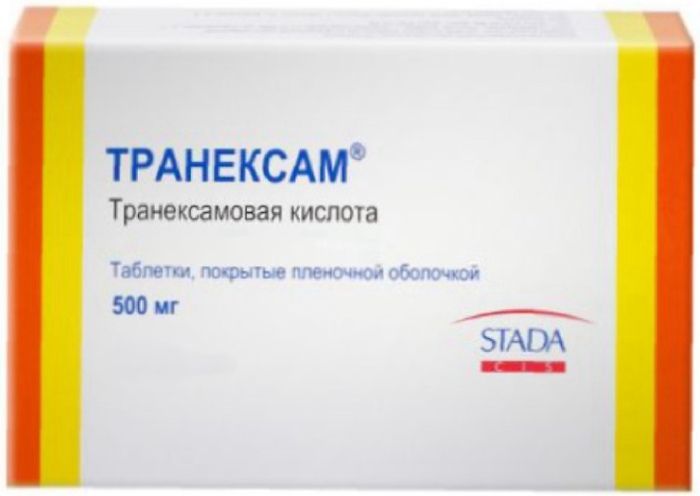
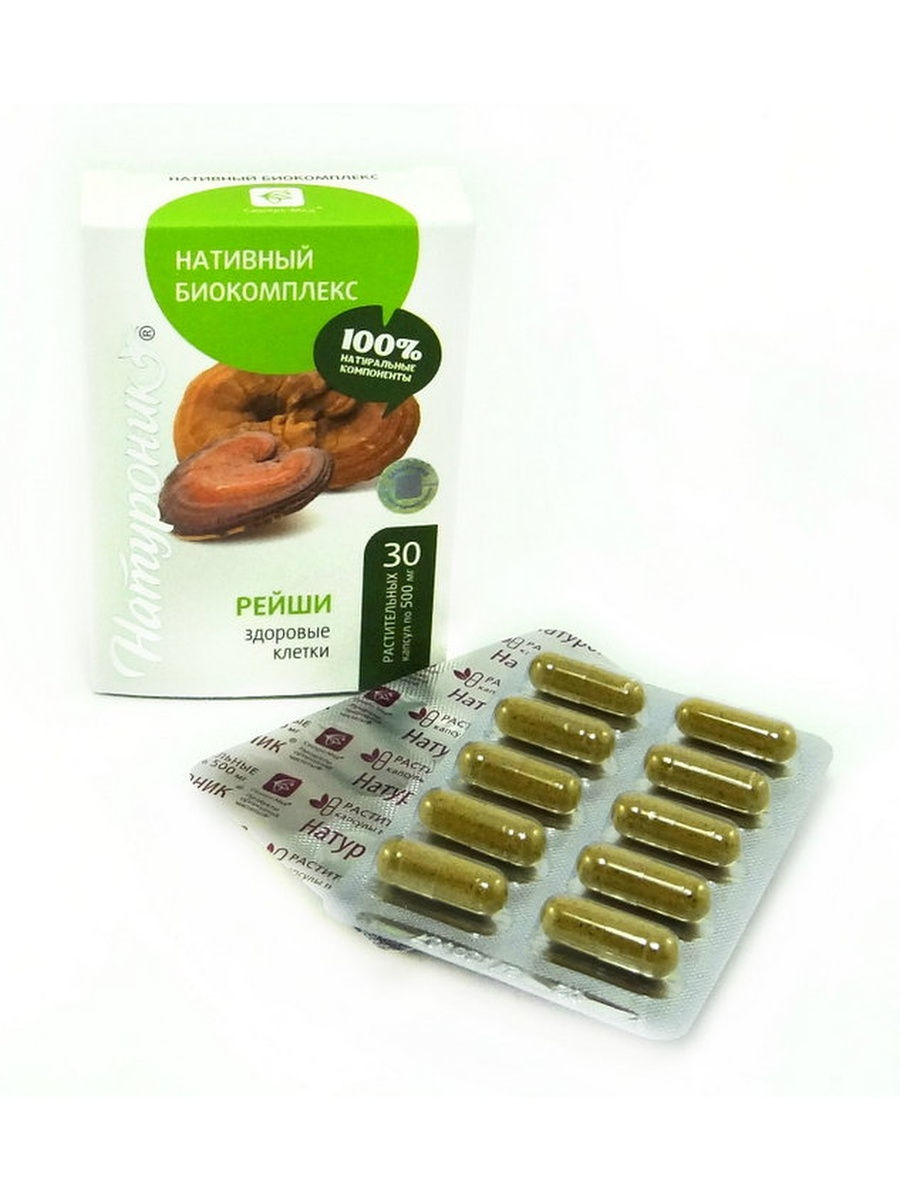
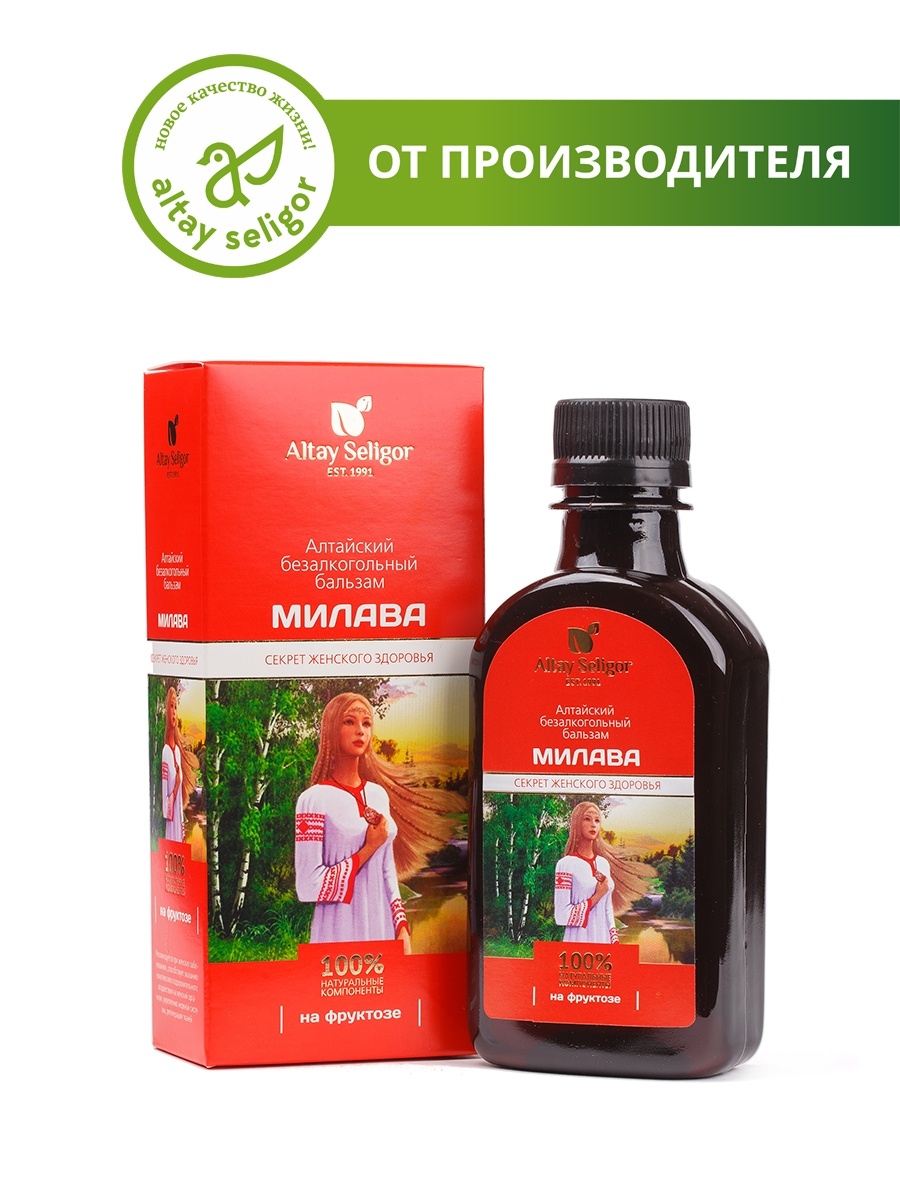


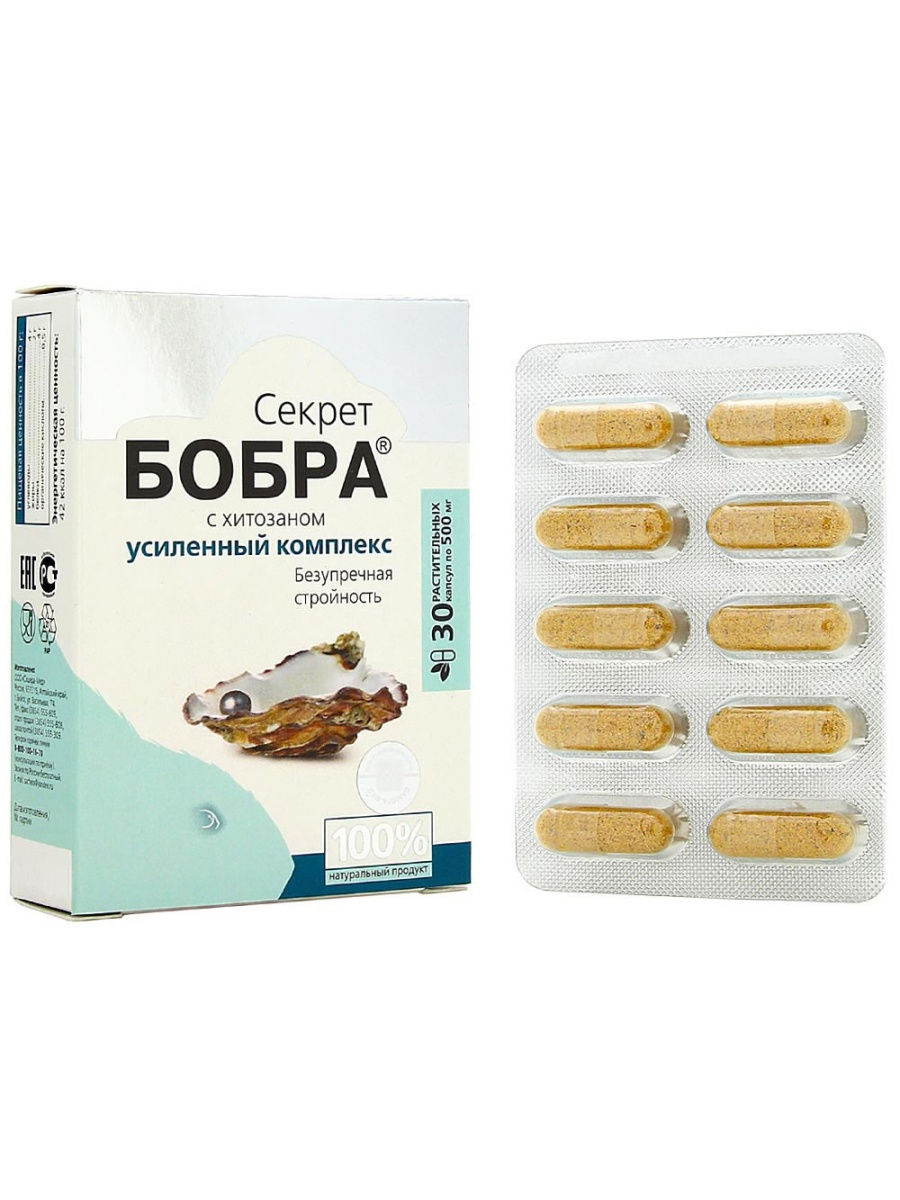
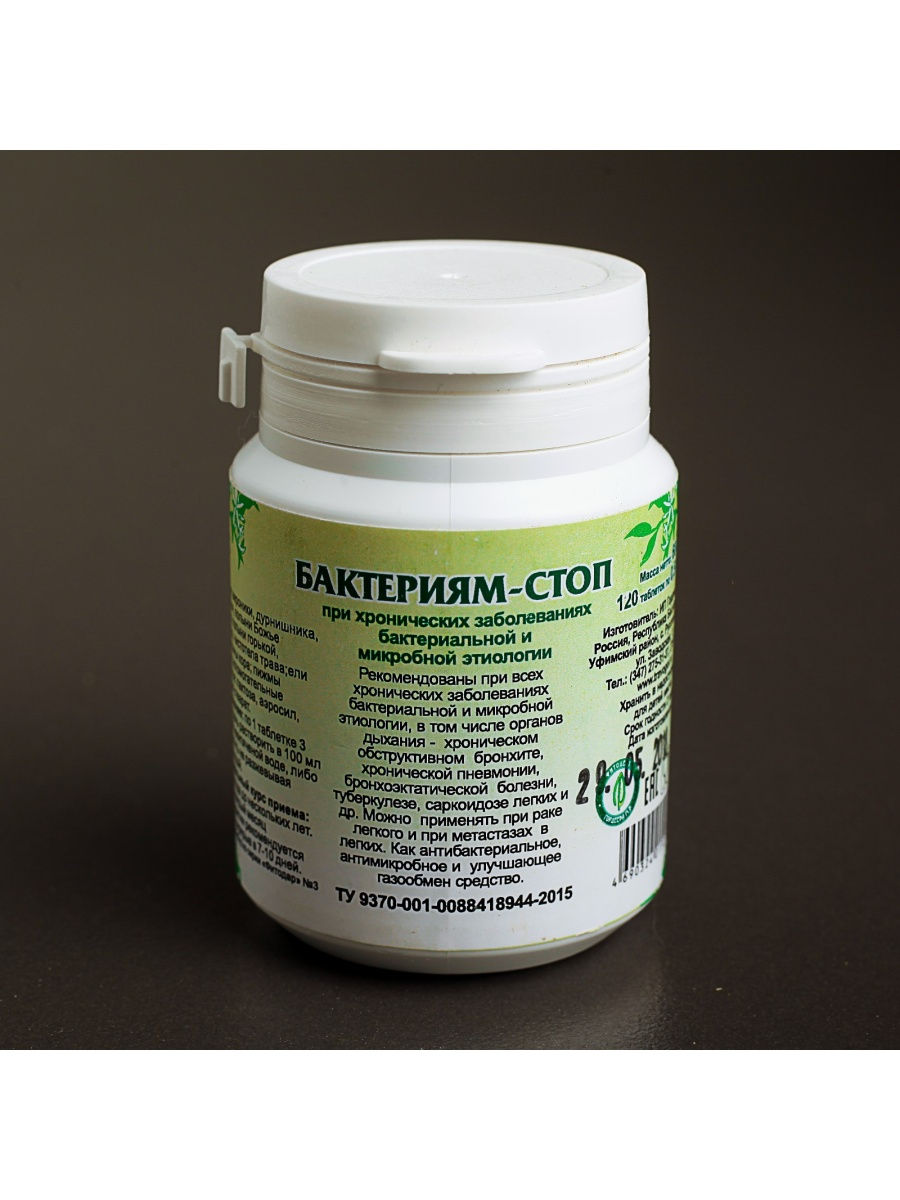




There are no reviews yet.